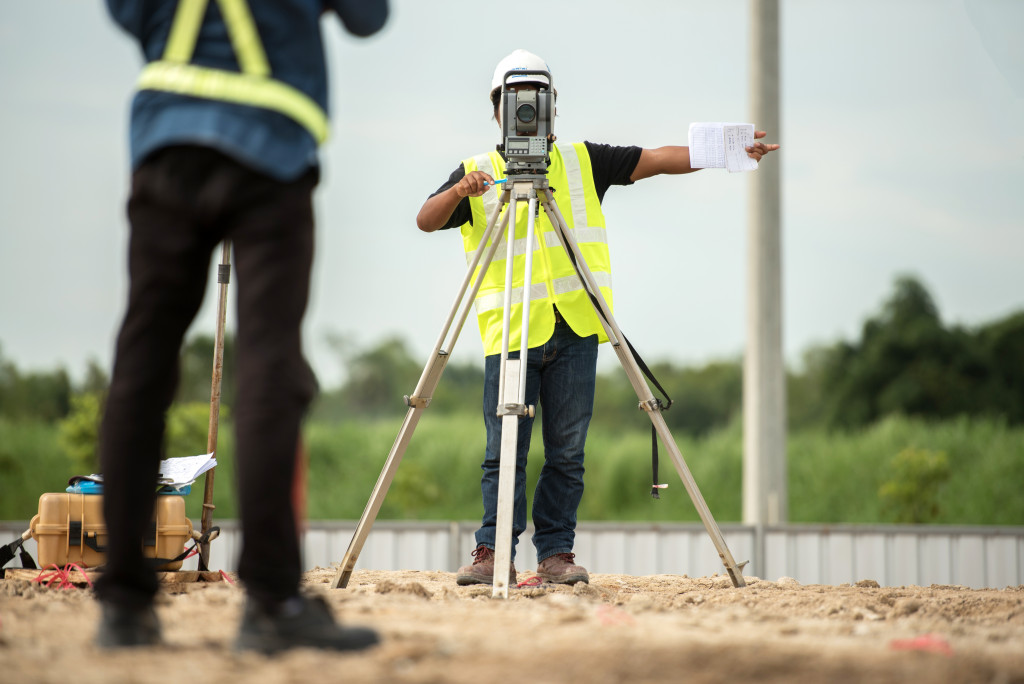• Understand the zoning laws and building regulations for the land to avoid legal hassles.
• Carry out environmental and soil tests to identify existing issues with the land.
• Work closely with your architect and builder to ensure you achieve your design goals.
• Be aware of any potential hidden costs associated with the project to plan a realistic budget.
• Plan for your home’s orientation and energy efficiency to reduce long-term energy consumption costs.
Building a new home on a land property is an exciting yet complex process. With many factors to consider, it’s essential to understand the critical aspects that need special attention to prevent potential issues. This comprehensive guide offers expert tips and advice to help you solidify your dream home by avoiding common pitfalls in home construction while ensuring that your investment is secure and profitable in the long run.
1. Conduct Thorough Research on Zoning Laws and Building Regulations
Before you begin your home-building journey, you must acquaint yourself with the local zoning laws and building regulations. These laws often dictate setbacks, building height restrictions, and maximum square footage. Understanding these guidelines will help avoid legal hassles by following the appropriate rules during construction.
For example, local zoning laws may limit the size of your home and the placement of structures (such as a pool or shed). To ensure compliance, you must work with a credible land surveyor who can adequately measure and map out your property. They will be able to provide you with a detailed analysis of the zoning ordinances and building regulations in your area.

2. Conduct Environmental and Soil Tests
Carrying out environmental and soil tests will help identify any existing issues with the land, like potential flooding, soil contamination, or erosion problems. This information is essential, allowing you to plan your construction accordingly to address potential issues. Furthermore, soil tests can determine if the land can support your home’s foundation or if you need to invest in special foundational requirements to ensure stability.
3. Work Closely with Your Architect and Builder to Minimize Future Issues
Your architect and builder must ensure that your home design meets your expectations while adhering to building code requirements. Collaborate closely with them and provide a clear vision of your dream home. Here are some tips for better communication:
a. Detail your specific goals for the project.
As much as possible, provide a thorough, step-by-step explanation of your expectations to ensure clarity. This will help your architect and builder accurately plan out the entire process.
b. Discuss any potential challenges or issues with your design.
Discuss any potential challenges or issues with your design, such as zoning restrictions and environmental concerns. This will help them develop a creative solution that meets all regulations and requirements.
c. Make sure to keep an open line of communication.
Open lines of communication are crucial, so stay in touch with your architect and builder throughout the project. If any changes or updates arise, inform them immediately so they can adjust their plans accordingly.

d. Establish a clear timeline for the project.
Set realistic and achievable deadlines, considering delays due to weather or other factors. This will help ensure that the construction process runs smoothly and on schedule.
4. Be Aware of Hidden Costs
Building a new home can come with hidden costs you may not initially expect. For instance, the land may require significant grading and clearing expenses or high costs to bring utilities like gas, electricity, and water to the site. Knowing these potential costs can help you plan for your overall budget, ensuring you are not short on funds when unexpected expenses arise.
Try to factor in any hidden costs when creating an estimate for the project. You can do this by researching the average expenses of land grading and preparing utilities in your area. If possible, consult an experienced builder for their input on the budget so that you can be aware of any potential expenses in advance.
5. Plan Carefully for Your Home’s Orientation and Energy Efficiency
One of the essential factors homeowners overlook is their home’s orientation, which can directly affect energy efficiency, natural lighting, and overall comfort. Work together with your architect to ensure that your home is oriented in a way that maximizes passive solar gain, which can reduce your long-term energy consumption. Additionally, consider investing in energy-efficient materials, design elements, and appliances to reduce your carbon footprint and long-term energy costs.
Building a new home on your land is a significant investment requiring thorough research, careful planning, and collaboration with your construction team. By considering the zoning laws, building regulations, environmental concerns, and hidden costs associated with the project, you can avoid potential land issues while ensuring the success of your dream home. With careful planning and attention to detail, you can make sure your investment is secure for years to come.

